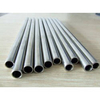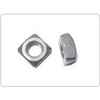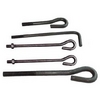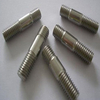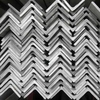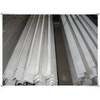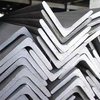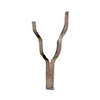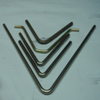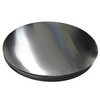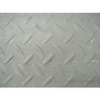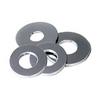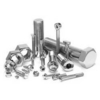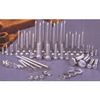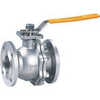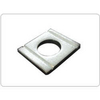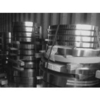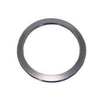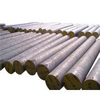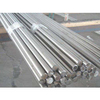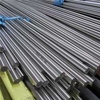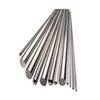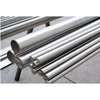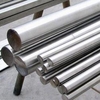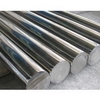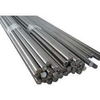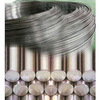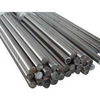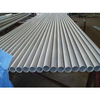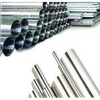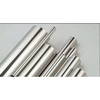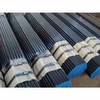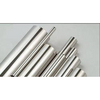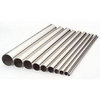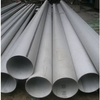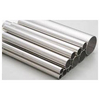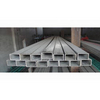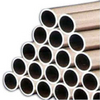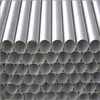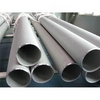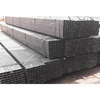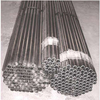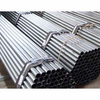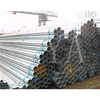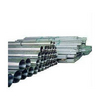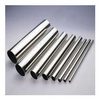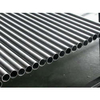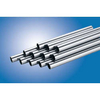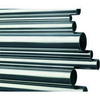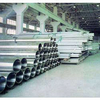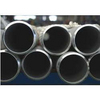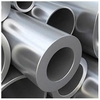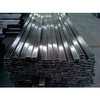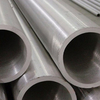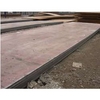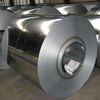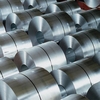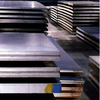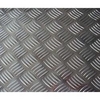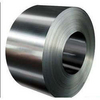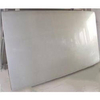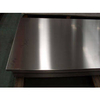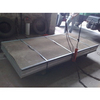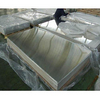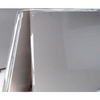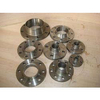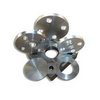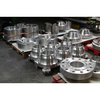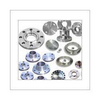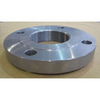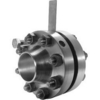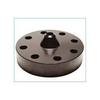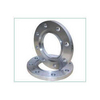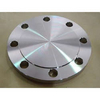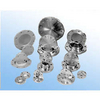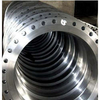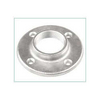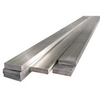| Element | 347 |
| Carbon* | 0.08 |
| Manganese | 2.00 |
| Phosphorus | 0.045 |
| Sulfur | 0.03 |
| Silicon | 0.75 |
| Chromium | 17.00-19.00 |
| Nickel | 9.00-13.00 |
| Columbium + Tantalum** | 10xC min to 1.00 max |
| Tantalum | -- |
| Titanium** | -- |
| Cobalt | -- |
| Nitrogen | -- |
| Iron | Balance |
347 Stainless Steel Pipes and Tubes 347 Stainless Steel
is variant of the basic austenitic 18/8 Grade 304 with added Columbium -
the introduction of Columbium stabilizes the steel and eliminates
carbide precipitation which subsequently causes intergranular corrosion. The steel has excellent forming and welding qualities and excellent toughness even at cryogenic temperatures.
Physical Properties of 347 Stainless Steel Pipes and Tubes
The physical properties of Types 321 and 347 are quite similar and, for
all practical purposes, may be considered to be the same. The values
given in the table may be used to apply to both steels. When
properly annealed, the Alloys 321 and 347 stainless steels consist
principally of austenite and carbides of titanium or columbium. Small
amounts of ferrite may or may not be present in the microstructure.
Small amounts of sigma phase may form during long time exposure in the
10000F to 15000F (5930C to 8160C) temperature range. The stabilized Alloys 321 and 347 stainless steels are not hardenable by heat treatment.
The overall heat transfer coefficient of metals is determined by
factors in addition to thermal conductivity of the metal. In most cases,
film coefficients, scaling, and surface conditions are such that not
more than 10 to 15% more surface area is required for stainless steels
than for other metals having higher thermal conductivity. The ability of
stainless steels to maintain clean surfaces often allows better heat
transfer than other metals having higher thermal conductivity.
Benefits of 347 Stainless Steel
- Higher creep stress and rupture properties when compared with 304
- Ideal for high temperature service
- Overcomes sensitization and intergranular corrosion concerns
- Can be used in elevated temperature applications for ASME Boiler and Pressure Vessel Code applications
- Due to stabilisation the material offers better overall corrosion resistance when compared to 304/304L
- Excellent mechanical properties
- A high carbon version (347H) is also available
Typical Uses
- Heat exchangers
- High temperature steam service
- High temperature chemical process
| Place of Origin | Not Given |
| Minimum Order Quantity | Not Given |
| Supply Ability | Not Given |
| Packaging Details | Not Given |
| Delivery Details | Not Given |
Not Given



